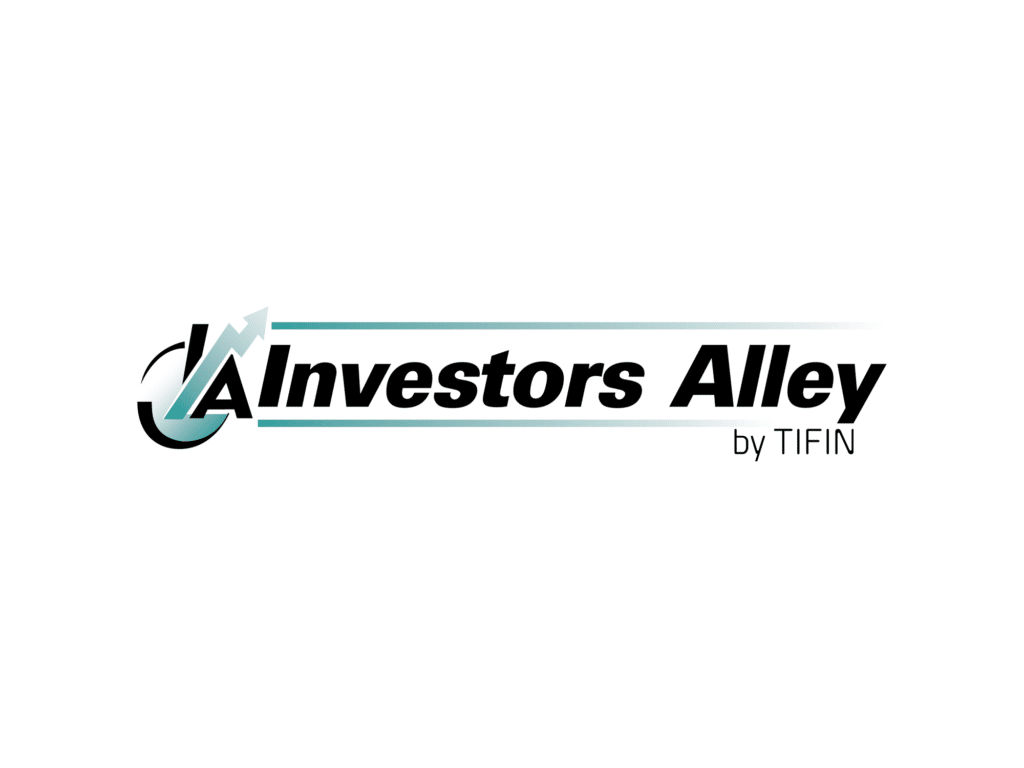There has been one very apparent trend since late October 2022. Following more than a decade of outperformance, global stocks have been consistently outpacing U.S. stocks.
There are several reasons for this. But one major factor is the shift away from growth stocks—an area where the U.S. dominates—to value stocks.
It looks to me that when investors get interested in value, they get interested in rest-of-world stocks, too. That’s because stock markets outside the U.S. are heavily weighted on value sectors such as energy, industrials, and financials.
Here’s where to look for the best emerging market stocks…
More importantly, for those investors who simply define “value stocks” as “cheap stocks,” global stocks are so much cheaper than U.S. stocks. Despite a bad 2022, the S&P 500 still trades at a premium of almost 50% to the Euro Stoxx 600 or Japan’s Topix index (measured in terms of price/earnings ratios)! That’s historically high and about as wide as the discount gets, in recent decades.
Why Emerging Markets Now
The same holds true even more so when you look at emerging markets, where markets were concerned about a worldwide recession, weighing on valuations throughout 2022.
That was a period in which the MSCI Emerging Markets index fell by about 20% in dollar terms. And last year’s severe slump in the MSCI index came about even though the economies of India, Brazil and Indonesia grew at a faster clip than the U.S.
Here’s why emerging markets look so interesting now…
First, historically emerging markets have recovered from previous economic cyclical downturns ahead of their U.S. and other developed world counterparts.
Second, emerging market economies have been relatively resilient this time around, compared to prior economic cycles. Current account deficits are significantly lower than they were a decade ago, leaving economies less vulnerable to capital outflows.
Third, most emerging market borrowing now takes place in local currencies. That means we should not expect the kind of explosive debt crises in the major emerging markets like those seen in the past because of a rising U.S. dollar value.
Also, many emerging markets have been on the front foot with rate hikes. This has resulted in a higher interest rate differential between the U.S. and emerging markets, which has limited outflows from the riskier countries.
Next, earnings revisions for many emerging markets companies for 2023 moved into positive territory in late 2022. In addition, after falling to 9% during the pandemic, profitability—or return on equity (ROE)—in emerging markets has increased by 5%, to approximately 14%.
And finally, emerging market stocks are dirt-cheap, compared to developed market stocks.
An analysis from Lazard Asset Management demonstrated that emerging market valuations are cheap in both absolute and relative terms.
Here is how Lazard described the numbers:
Emerging markets valuations, on both a price-to-earnings (P/E) and price-to-book (P/B) basis, are cheap in absolute terms and relative to developed markets equities. Emerging markets have been trading at a 35% discount to developed markets on P/E terms and at a 44% discount on P/B terms, among the cheapest discounts in nearly two decades. The 1.6x superior dividend yield for emerging markets (3.3% versus 2.1% for developed markets) is three standard deviations above the 23-year average relative yield.
For those investors with more risk, China is even cheaper than other emerging markets. The average forward price/earnings ratio for constituents of the MSCI China index stands at a multiple of 8.2 times, versus 11.5 times for the MSCI Emerging Markets index.
EM Rally
Emerging market stocks looked to have bottomed. The MSCI Emerging Markets index has risen more than 21% from its intraday low on October 25, according to Refinitiv data. This upbeat recent run comes after a painful stretch between February 2021 and late October 2021, when the MSCI EM index tumbled more than 40%.
As of October 2022, the decline of the MSCI Emerging Markets Index had exceeded the average decline of the previous 10 bear markets, including the 1997 Asia Financial Crisis.
Chinese stocks, which are the biggest weight in the MSCI Emerging Market index, have risen sharply since the autumn. The MSCI index tracking China’s stock market has rallied more than 45% since October 31 in U.S. dollar terms, according to FactSet data. The more widely followed CSI 300 index is up 23% since then.
What Comes Next
I find myself largely in agreement with Lazard’s assessment of emerging market stocks, which said:
For investors, the steep drop in equity markets overall in 2022 may raise the question of where to find value and long-term opportunity. We believe that emerging markets may be one of the most mis-priced asset classes, with attractive valuations compared with historical levels.…
Much capital has left emerging markets in recent years, and many parts of the asset class are under-owned and attractively valued as a result. Overall, emerging markets equities are among these particularly attractively valued assets with high financial productivity (or return on equity, free cash flow yield, and dividend yield).
I believe the end of China’s zero-Covid obsession and the reopening of its borders will act as an immediate growth catalyst, while moderating bond yields and a lower U.S. dollar valuation should also boost emerging market performance.
An easy way to get broad exposure is through the ETF based on the MSCI Emerging Market index—the iShares MSCI Emerging Markets ETF (EEM). It is already up 9.5% year-to-date and trading at $41.87. It’s a buy on any short-term weakness.
It’s not REITs or blue chips like Disney. A small, little-talked about area of the dividend stock market is pumping out market-beating returns like no tomorrow. Over 22 years, they’ve handily beat the market… and I have the #1 stock of these to give you now.

